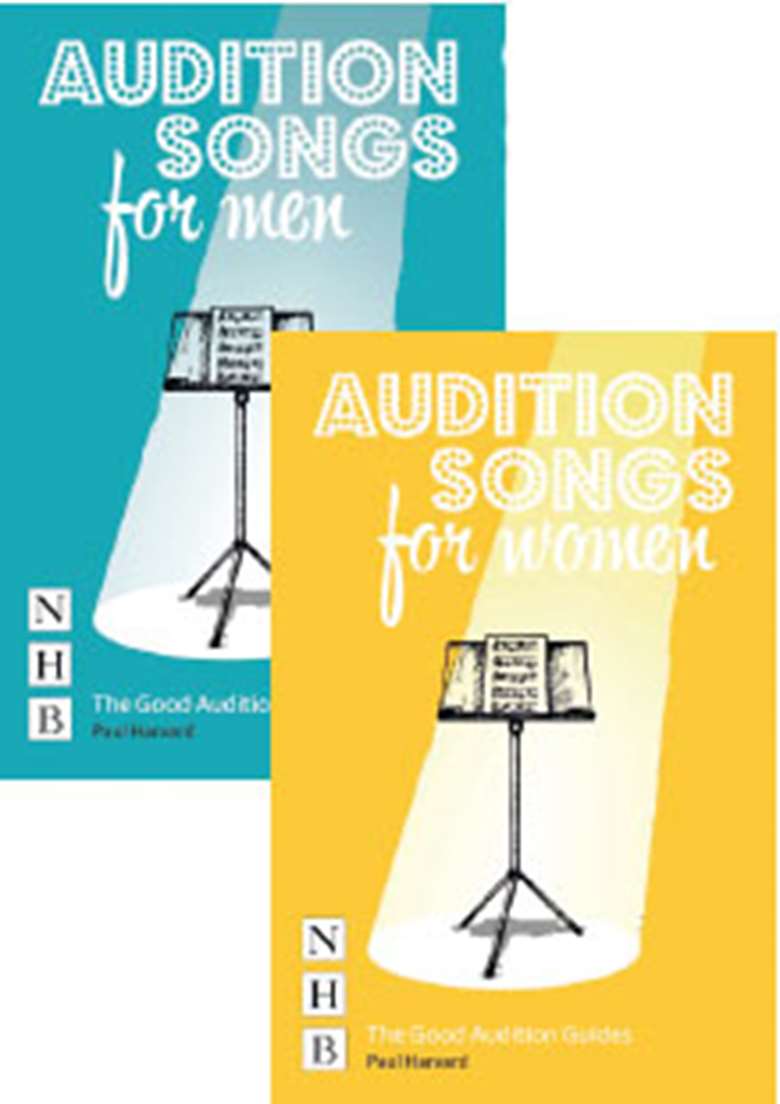Audition Songs for Men; Audition Songs for Women by Paul Harvard
Martin Leberman
Monday, February 1, 2021
A well presented guidebook to navigate singers through the choppy waters of auditions, published by Nick Hern Books.

To begin, an analogy: Some years ago, an influential Flemish geographer and cartographer named Gerard Mercator created a famous geographical chart in which the globe is viewed two-dimensionally, a map where latitude and longitude lines appear in a straight grid. While Mercator maps may distort the relative size and shape of continents and countries, as a ‘view’ of the world, the work endures as a means to enable navigators to plot their journeys based on quantifiable data.
In this respect, as a representation of the territory, ‘a map of the land’, this two-volume set from the pen of playwright, author, performer and teacher Paul Harvard goes some way to enable the explorer of the ever changing, constantly evolving ‘land of Musical Theatre’ to advance with relative security.
The contents are well presented, divided into two interdependent entities. Part one, ‘The Knowledge’ is an exploration of the terminology applied across the volume, exercises and a review of the process of the audition itself
Part two, ‘The Songs’ presents material in a chronological map of aspects of the genre. While any attempt to ‘map’ structure, form and style continue to be vociferously debated, as a means to enable the practitioner embarking upon a maiden voyage of exploration to see a view of the territory, the device is useful.
Amid the songs themselves are representatives of some of the most potent narratives and song-settings known to practitioners of the hybrid art, described by voice type and (in section two) parameters describing given circumstances (who, what, where, when), textual analysis, key moments, vocal and musical analysis.
The sections entitled ‘Terminology’ and ‘Exercises’ also contain much for the reader to consider, a) in regard to the referencing of sophisticated models of vocal function and b) the manner by which ‘fundamental’ and ‘further’ exercises offer resources to be explored with the assistance of a suitably qualified teacher (or navigator).

